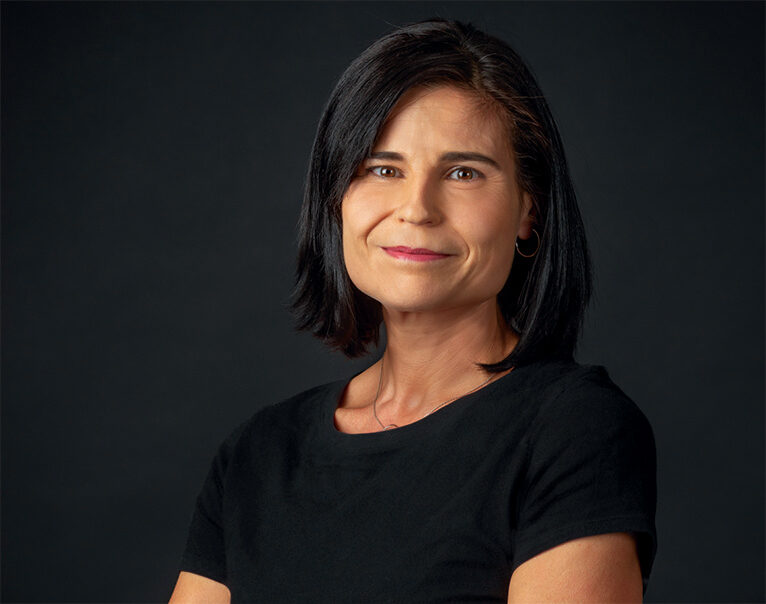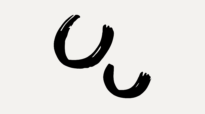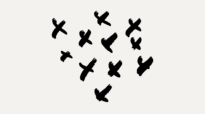Virtual Communities
Virtual Communities bring RGD Members together to share knowledge, discuss experiences, propose solutions and support each other.
This initiative reinforces the idea that we are not alone. We are a part of a rich community working to improve our careers, communities and work.
Each community is comprised of RGD Members working in similar areas, facing a particular set of challenges.
Virtual Communities are open to Certified RGD, Associate RGD and Affiliate Members.
Below are the various active Virtual Communities but in addition to the option to join one of these Communities, Members also have the opportunity to propose new groups and lead them.
If you have questions, email info@rgd.ca.
Communities

I admire that the RGD is continually working to elevate design and designers. Fostering a community of creators. Facilitating the exchange of knowledge and ideas.Caroline Toth RGD, Chartered Professional Accountants of British Columbia
















